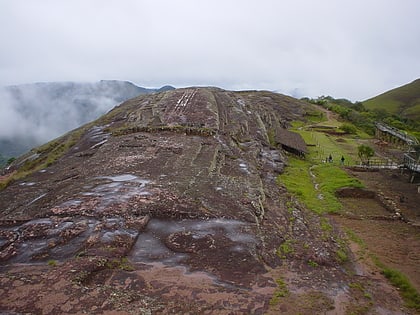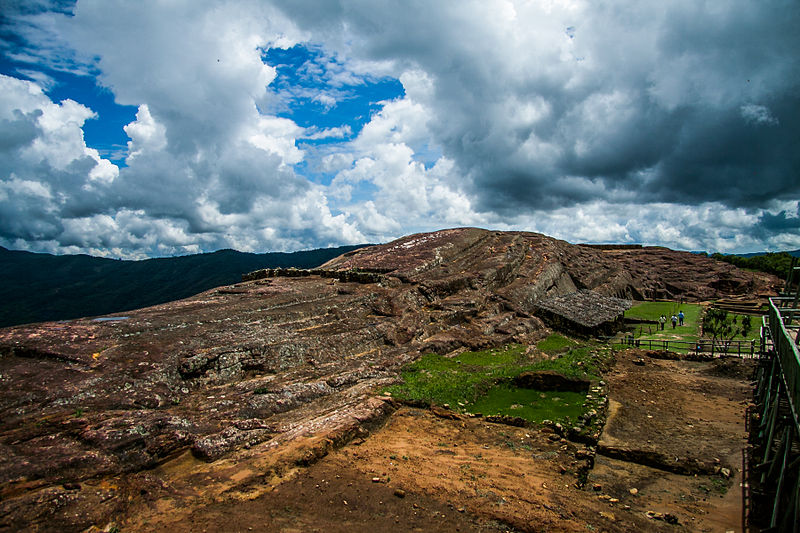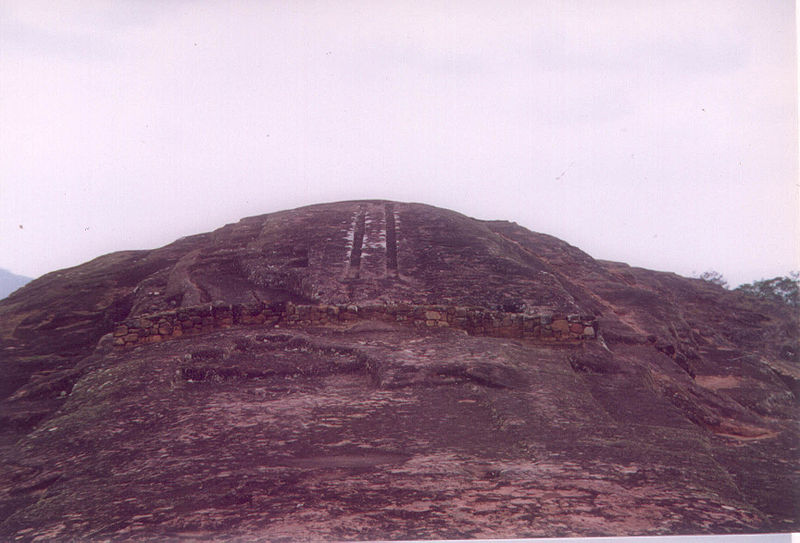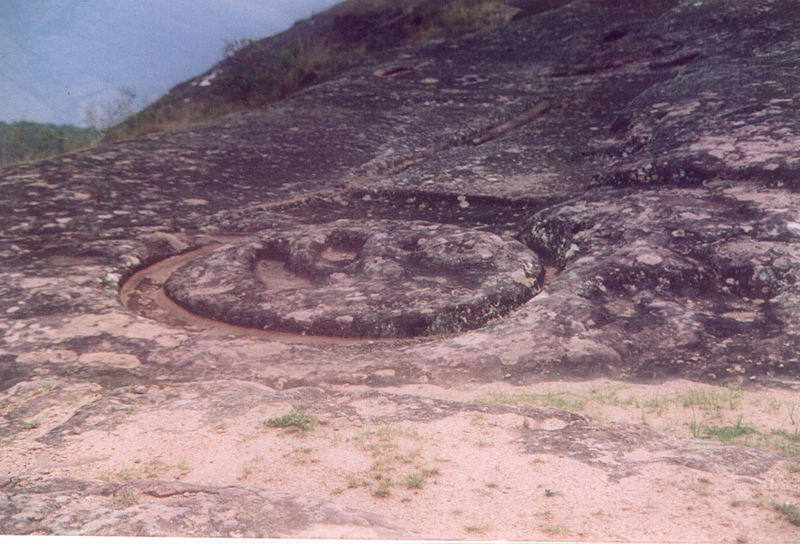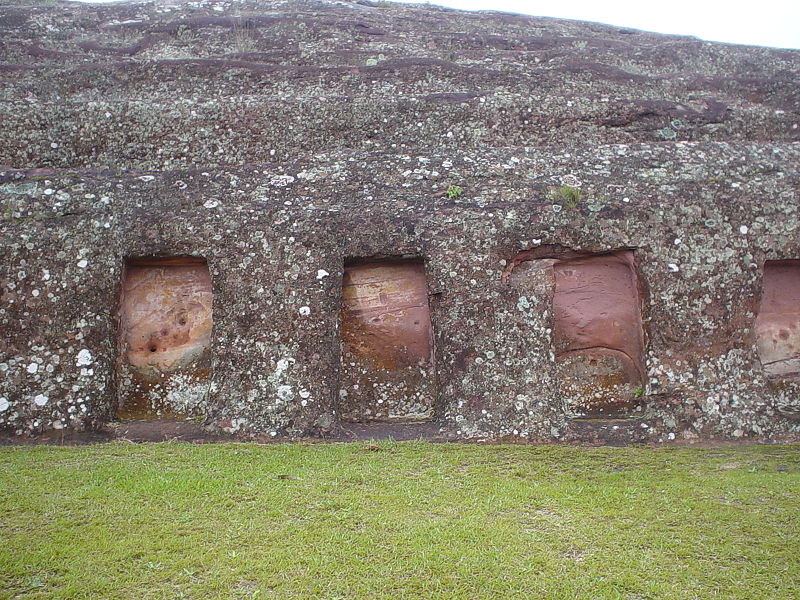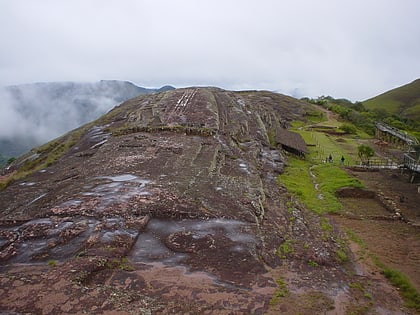El Fuerte de Samaipata

Facts and practical information
El Fuerte de Samaipata, nestled in the eastern foothills of the Bolivian Andes, is a fascinating archaeological site that offers a window into the region's diverse historical tapestry. This pre-Columbian site, which translates to "The Fortress of Samaipata," is an enigmatic blend of natural and man-made wonders, featuring a massive sculptured rock that stands as its centerpiece.
The site, believed to have been established around the 14th century, served multiple functions throughout its history, including a religious sanctuary, a ceremonial center, and a strategic military stronghold. The rock, known as the "Ceremonial Rock," is intricately carved with designs that are believed to be of religious and astronomical significance, providing insight into the complex belief systems of the cultures that inhabited the area.
The area around El Fuerte was home to the Mojocoyas, the Chanés, and later the Incas, before the arrival of the Spanish in the 16th century. The site's unique cultural blend is evident in the fusion of architectural styles and motifs, which include Incan and pre-Incan symbols, as well as geometric shapes and zoomorphic figures.
El Fuerte de Samaipata is recognized as a UNESCO World Heritage Site due to its outstanding universal value, representing the rich cultural history of the region and the interplay between human and natural landscapes. The site offers a panoramic view of the surrounding valleys, which were strategically important for controlling trade routes and communications between the Andes and the lowlands.
Santa Cruz
El Fuerte de Samaipata – popular in the area (distance from the attraction)
Nearby attractions include: El Fuerte.
